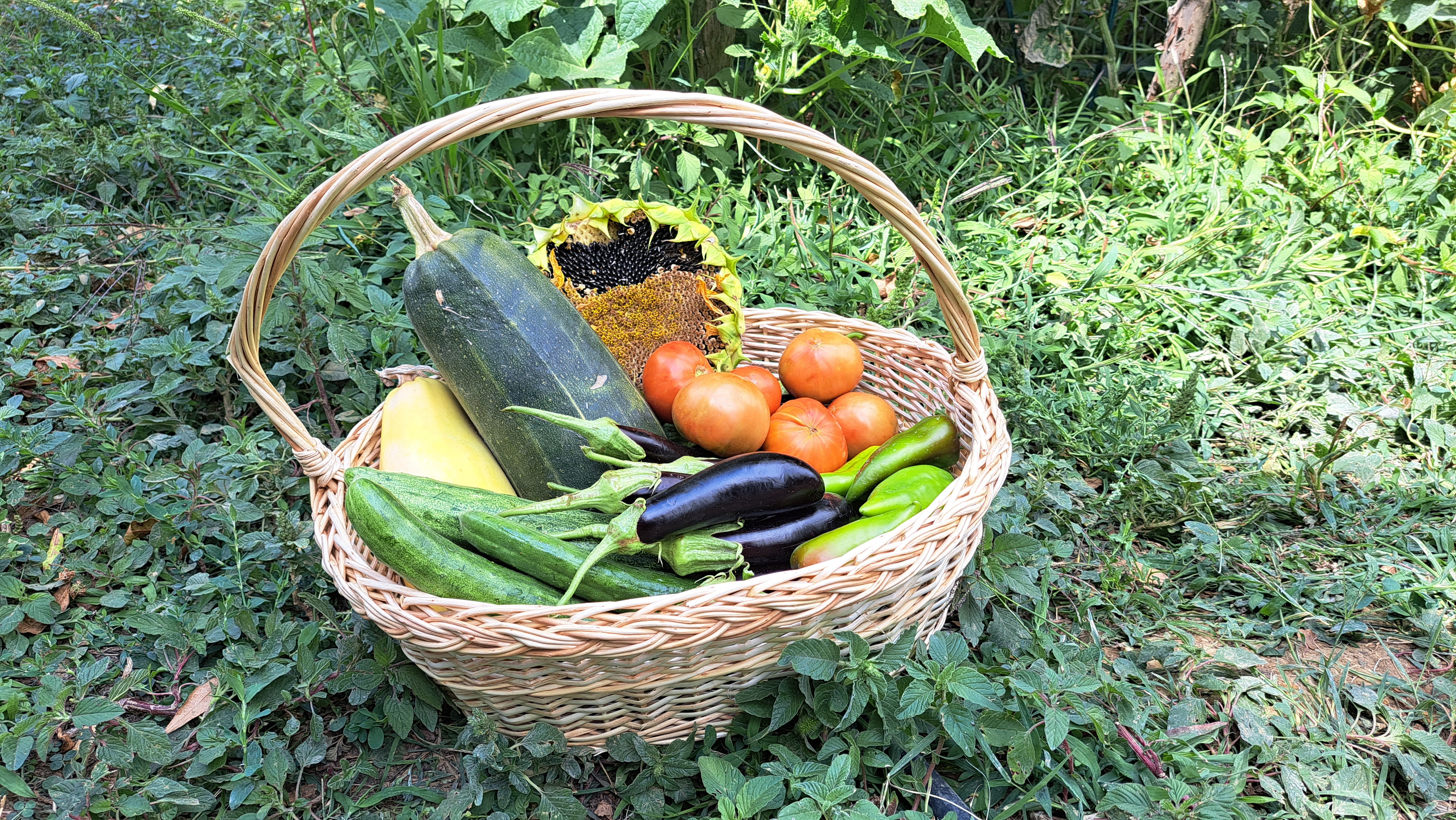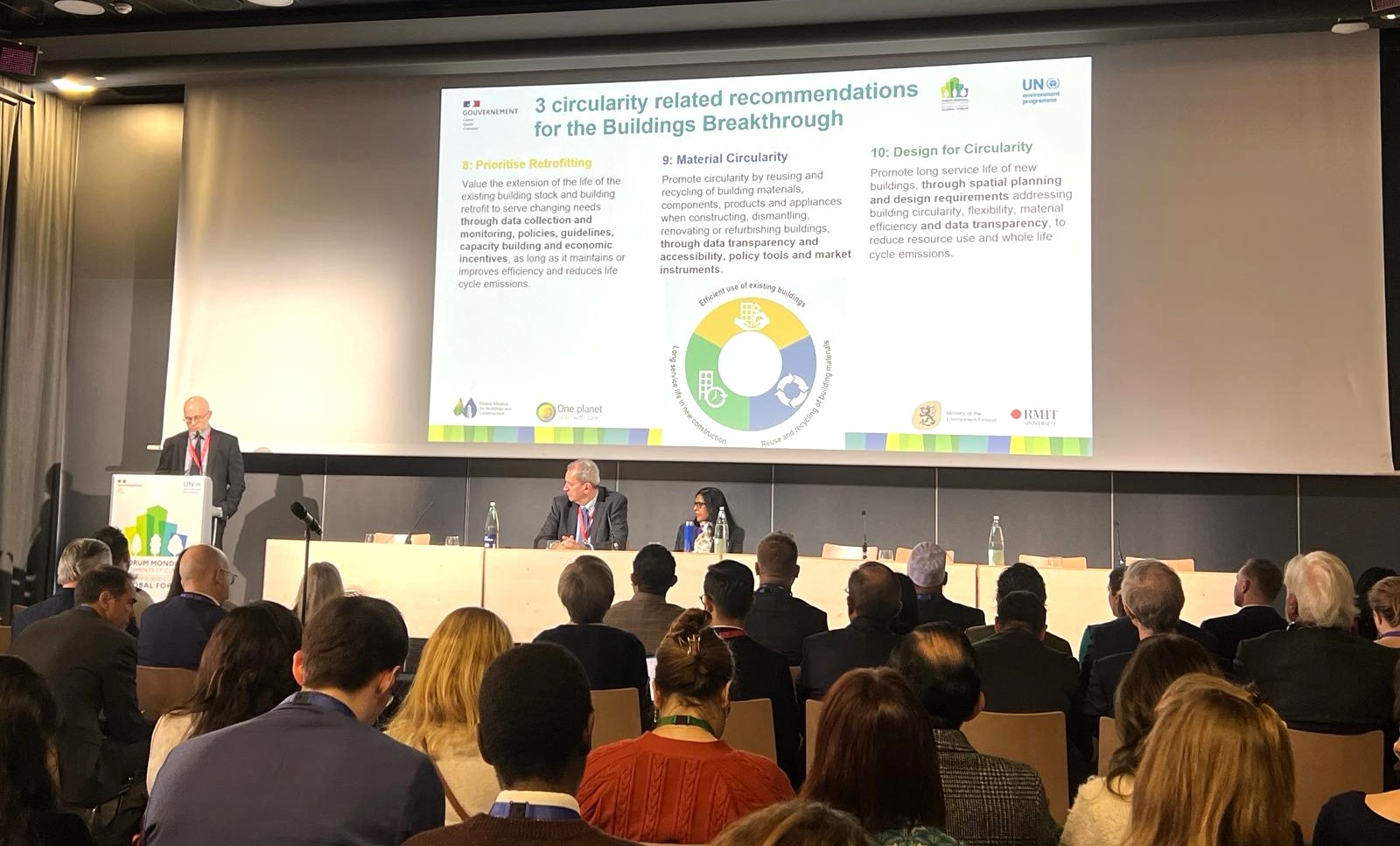REPORT: Plastics at the UN

Addressing single-use plastic products pollution using a life cycle approach
On 19 February 2021, the UN Environment Programme, along with the Government of India and the European Commission, co-hosted a side event as part of the Fifth United Nations Environment Assembly (UNEA5). During the event UNEP launched its latest report: “Addressing single-use plastic products pollution using a life cycle approach”, which summarises the Life Cycle Assessment meta-analyses on eight different product types, presents an overview of policy actions that many member states have undertaken in addressing single-use plastic products pollution, and provides details on ten of those case studies.
This report describes:
- actions taken by Member States to address single-use plastic products pollution and
- a summary of recommendations from a series of Life Cycle Assessment metastudies on the full lifecycle environmental impacts of single-use plastic products in comparison with their alternatives.
A critical finding of this work is that “single-use” is more problematic than “plastic”. Member States are encouraged to support, promote and incentivize actions that lead to keeping resources in the economy at their highest value for as long as possible, by replacing single-use plastic products with reusable products as part of a circular economy approach, requiring systems change.
During this event, the Government of India, the European Commission, Colombia, Norway and Kenya presented their life cycle-based policies and plans to address this pollution within their respective countries, thereby setting an example for other governments to take action.
How to reduce single-use plastic products: alternatives to these everyday products
It has been estimated that about 100-150 million tonnes of plastics are produced for single use products and about 8 million tonnes of plastics are dumped into the oceans every year: there is a need to consider alternative solutions to single-use plastic products.
As a result, UN Environment Programme was requested by Member States in Resolution 9 at the Fourth session of the UN Environment Assembly in March 2019 to make available existing information on the full life cycle environmental impacts of plastic products compared to products of alternative materials.
In answer to this, the Life Cycle Initiative is working on a series of studies on single-use plastic products and their alternatives, highlighting the key advantages and disadvantages of alternatives to the single-use plastic products, and summarising key messages for policy-makers.

